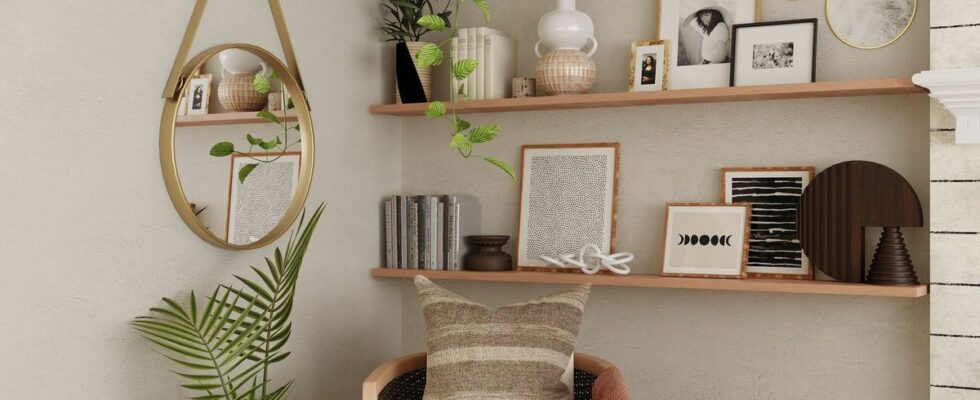Published on
Updated
Reading 2 min.
Our homes are more than just a place to live; they reflect our soul. During the COVID-19 pandemic, our homes became refuges, the only places we felt safe. This strong connection with our living space has endured, influencing the way we design our interiors. This is where deco-therapy comes in, a discipline that transforms our spaces into real cocoons of mental well-being.
Franck Dupuy, visionary architect, introduced deco-therapy, an approach that lies at the crossroads of feng shui and psychology. According to him, our interior can act as a subtle catalyst for our mental well-being. Inspired by feng shui, deco-therapy aims to harmonize our living space to promote our personal development. In 2005, Dupuy introduced this concept to the world in his book “My Home Heals Me,” exploring the profound influence of interior design on our minds.
A growing trend
This trend is gaining popularity. A Maison&Objet barometer released in October 2023 reveals that 78% of office and coworking space projects now include relaxation zones. Hotels are adding gyms, spas and green spaces, recognizing the impact of amenities on the well-being of employees and guests.
The influence of the indoor environment on our well-being
The French psychoanalyst Alberto Eiguer, in his work “The Unconscious of the House”, maintains that our home extends beyond the four walls. Each piece of furniture and decorative element is an extension of our identity, just like our body and our clothing choices.
The return of old objects to our interiors, such as vintage tableware, illustrates a form of therapy. These objects awaken in us a sweet nostalgia and childhood memories, bringing us back to moments of comfort and security. An old plate can evoke meals at our grandparents’ house, bringing peace and well-being.
Order and storage
A tidy interior contributes significantly to our mental well-being. Marie Kondo, famous for her approach to tidying up, and Anita Yokota, who advocates organizing space as a way to tidy up your life, are references in this area. Anita Yokota, who has a huge following on Instagram, recommends using baskets and drawer dividers to tame the chaos. According to her, a cluttered space cannot offer the desired tranquility.
Good in his body, good in his head!
Buildings to feel good
In the West, we are rediscovering ancient philosophies, such as Vastu Maharishi architecture. This practice, taken from 5,000-year-old texts, establishes a link between mental health and construction. It advocates careful orientation of buildings and thoughtful arrangement of rooms to maximize the benefits for occupants. The expected result: deeper sleep, an increased feeling of security, reduced stress and tangible improvements in physical and mental health.
Natural light also plays a crucial role. It can brighten our mood, boost our productivity and protect us against seasonal depression. The combination of light and colors can transform our living spaces.
When you’re decorating your living room or choosing a new apartment, remember that you’re not just changing your decor. You also shape your psychic landscape. Decor therapy reminds us that our interior is a reflection of ourselves and a powerful tool to improve our mental well-being.
